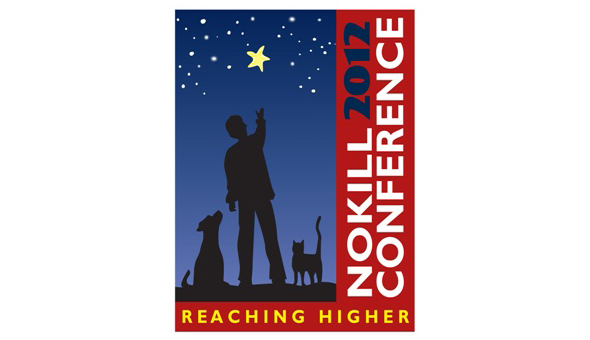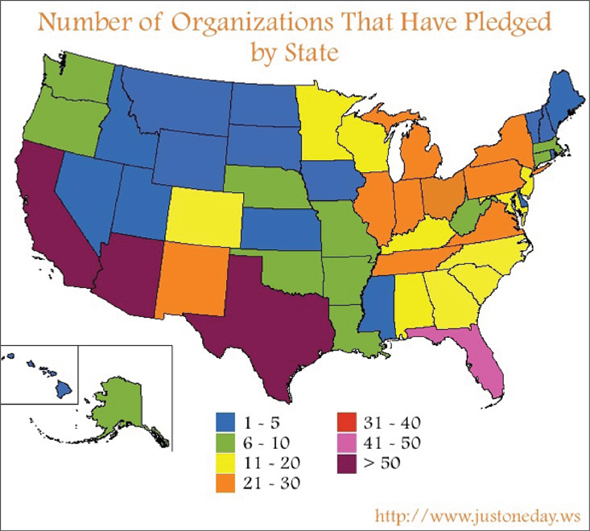The fourth in a series of posts that breaks down my critique of the essay “Critical Assessment of Claims Regarding Management of Feral Cats by Trap-Neuter-Return” (Conservation Biology, Volume 23, No. 4, 887–894) by Travis Longcore, Catherine Rich, and Lauren M. Sullivan.
In the past few posts, I’ve addressed their claims regarding the numbers of birds killed by cats, and alleged wildlife impacts. Now I’d like to focus on some of their claims regarding TNR. While I agree with the authors that there is a need for additional research into the effectiveness and impact (environmental and otherwise) of TNR, I’m not sure any subsequent findings would satisfy the standards—some of which border on the absurd—suggested by Longcore et al.
Adoptions
To begin with, the authors challenge the efficacy of TNR, noting—correctly—for example, that where TNR has proven effective at reducing the size of colonies, success has been “derive[d] in part from intensive efforts to remove cats for adoption as part of the TNR program.” [1] Shouldn’t this appeal to Longcore and the Urban Wildlands Group? Adoptions lead to fewer free-roaming cats, right?
It’s unclear how a successful adoption program lessens the efficacy of TNR; indeed, such efforts are integral to any TNR program. For Longcore et al., however, it’s as if adoptions constitute cheating.
Researchers vs. Volunteers
Another of their assertions, that “programs implemented by researchers are likely to be much more thorough than programs implemented exclusively by volunteers,” [1] could be applied to virtually any conservation effort. Of course the results will be better when the experts are involved directly!
Indeed, while compiling data for the Atlas of Breeding Birds of Maryland and the District of Columbia, researchers found Cooper’s Hawk (Accipiter cooperii) in 46% of the areas surveyed, while volunteers reported only a 14% occurrence of this “secretive species that requires special effort.” [2] Here, the experts “performed” more than three times better than well-meaning volunteers with less experience and/or training. Should we discontinue all efforts that include volunteers, then? Or shut down these programs until the volunteers perform as well as experts? Obviously not.
Anecdotes of Success
Longcore et al. criticize supporters of TNR for their “anecdotes of success” and “assertions of colony declines often… supported only by reference to Web sites.” [1] By calling the data “anecdotal,” the authors dismiss it out of hand. So, what measures of success would be acceptable?
In general, caretakers of feral colonies—as providers of food, water, shelter, and, often, healthcare—know their cats quite well. Yet, Longcore et al. suggest that their reports are not to be trusted—trusted to a lesser degree, in fact, than the reports generated by members of the public recruited to watch and listen for birds. Breeding Bird Surveys “annually engage tens of thousands of participants,” and these efforts are now beginning to leverage the power of the Internet via Web-based programs such as eBird. [3] All of which sounds very anecdotal. So, do the authors question the validity of this work as well?
Prevailing Conditions
Citing a 2006 study from Rome, [4] Longcore et al. chose to focus not on TNR’s rather remarkable success, but on its greatest challenge: “Ten years of TNR in Rome showed a 16–32% decrease in population size across 103 colonies but concluded that TNR was ‘a waste of time, energy, and money’ if abandonment of owned cats could not be stopped.” [1] It must be recognized that TNR is part of a larger mission that includes adoptions (as mentioned above), sterilization of owned cats, and the burgeoning no-kill movement (which may reduce the number of abandoned cats).
In any case, what rescue/conservation work isn’t “a waste of time, energy, and money” when considered in the harsh light of what the authors call “prevailing conditions”? We could, for example, say the same about efforts to save songbirds faced with the elimination and fragmentation of habitat, increased levels of pollution, and the like (indeed, endangered and threatened species are, by definition, the victims of prevailing conditions). Or, to take a very timely example, the work being done to save the wildlife affected by millions of gallons of oil spilling into the Gulf of Mexico even as I write this.
The fact that such efforts are uphill battles may say something about their underlying moral imperative—but very little about their efficacy.
* * *
Common Ground
Essentially, the argument put forth by Longcore et al. in this part of their essay boils down to these three points:
- TNR can and does work, though not always as well as one would like.
- Adoptions are critical, as is training and rigorous tracking.
- Abandonment of pet cats—which is, in any case, illegal—should be stopped.
So, how is this any different than what TNR advocates are promoting? Here at least, we would seem to have some common ground. Apparently, what’s really at issue is not how success is defined, but by whom:
For many TNR advocates, success is not defined by elimination of feral cats in an area, but rather by the welfare of the cats… conservation scientists and wildlife veterinarians measure success of a feral cat management program by the decline and elimination of free-roaming cats. [1]
All of which leaves me wondering: How much time have the authors spent with people who practice TNR? Of course practitioners are interested in the welfare of the cats—just as any animal lover is interested in the welfare of the animals they enjoy. But they’re also thrilled when “kitten season” comes and goes without any new arrivals in their colonies.
More common ground? It would seem so—but if that’s the case, one is left to wonder why the Urban Wildlands Group sued the City of Los Angeles to put an end to publicly supported TNR. (Or at least I am left to wonder, as Longcore has not responded to my inquiries.) One thing that does seem certain: more cats are reproducing as a result of the injunction. And no doubt more are dying, too. Hard to imagine the wildlife and environment being any better off, either. There are lots of losers here—where are the winners?
References
1. Longcore, T., Rich, C., and Sullivan, L.M., “Critical Assessment of Claims Regarding Management of Feral Cats by Trap–Neuter–Return.” Conservation Biology. 2009. 23(4): p. 887–894.
2. Robbins, C.S. and Blom, E.A.T., Atlas of the breeding birds of Maryland and the District of Columbia. Pitt series in nature and natural history. 1996.
3. Sullivan, B.L., et al., “eBird: A citizen-based bird observation network in the biological sciences.” Biological Conservation. 2009. 142(10): p. 2282-2292.
4. Natoli, E., et al., “Management of feral domestic cats in the urban environment of Rome (Italy).” Preventive Veterinary Medicine. 2006. 77(3-4): p. 180-185.


